Vikings have fascinating stories, traditions, and culture. Most ancient groups were land dwellers, while Vikings were seafaring people. They originated from Scandinavia, present-day Norway, Sweden, and Denmark. Some historians believe that Vikings discovered and explored America way before Columbus did. Vikings were branded as savages who raided more civilized nations in search of women and treasure. However, they have diverse reasons, rich culture, and more stories to tell.
To learn more about the Vikings’ way of life, it is essential to look closely at the places or cities they settled in. Even though they spent most of their time exploring the sea, they bought their influence in different areas, which left behind traces that are still evident nowadays. Here are the top Viking cities and settlements you should know about (and maybe visit someday).
Avaldsnes
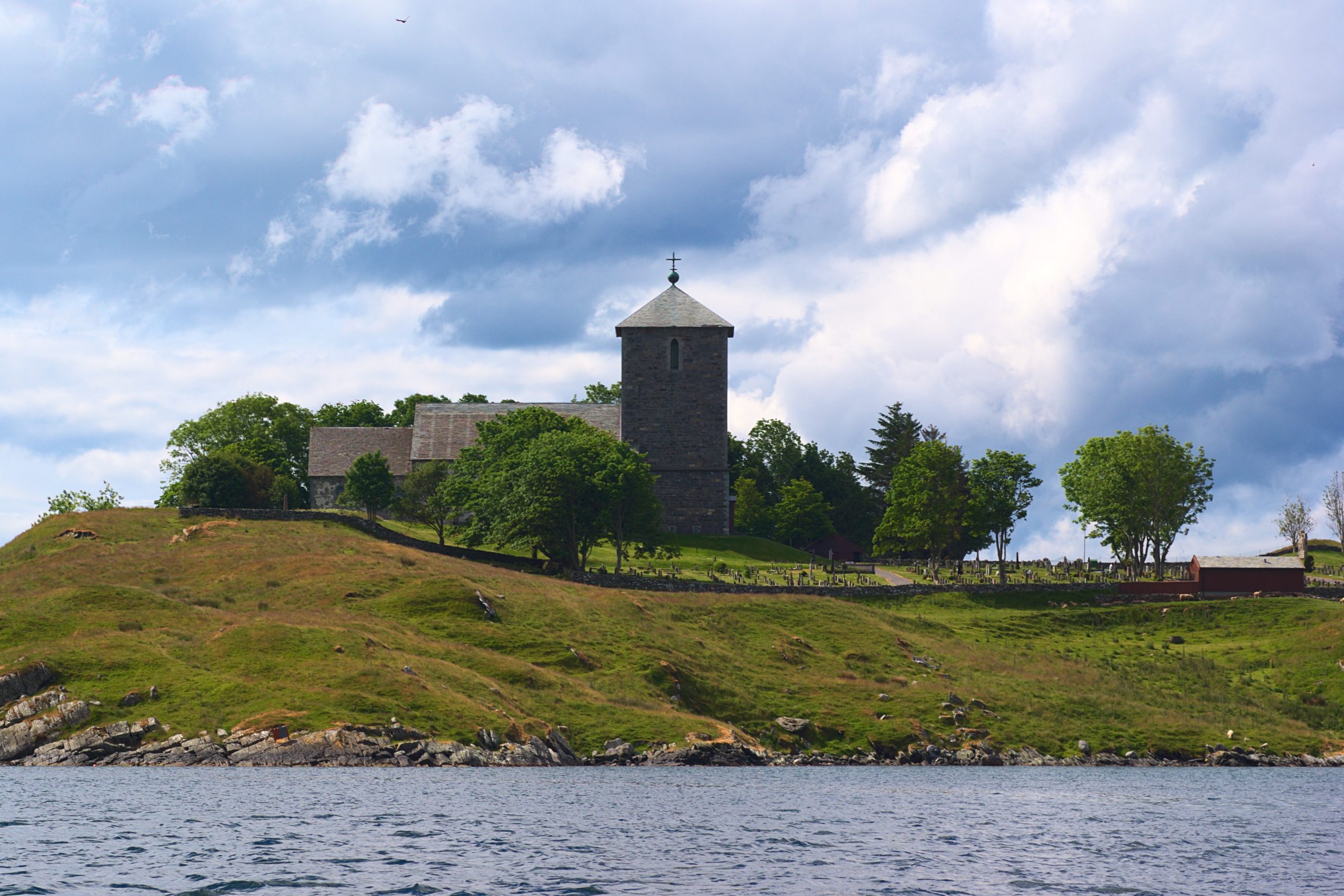
It is fitting to start this list with the place where Norway’s first Viking king was born, Avaldsnes on the west side of Norway. Harald Harfagre, or Harald Fairhair, is known to be the first person to unite the kingdoms of Norway under one throne successfully. Harald lived, died, and was buried in Avaldsnes. His descendants continue to be royals in Avaldsnes.
Nowadays, Avakdsnes is open for tourists around the world. It is the home of a Viking museum, farm, and church. The Nordvegen History Center (named after the northern way) gives an overview of Viking history and Norse mythology. The Viking Farm is more entertaining, and there will be guided tours led by actors (chieftain, his wife, and their sons). The guides will show you around the village, and you’ll be entertained by Viking stories, Norse legends, and myths.
Lofoten

Norway’s Lofoten Islands are majestic and spectacular. These islands served as homes to a number of Viking chieftains. There are pieces of evidence found in the Lofoten Islands that prove Viking settlement. In fact, the largest Viking-era longhouse is found on the island of Vestbagoy in Borg. This place tells a story of how powerful and wealthy Vikings were back then.
You can get a glimpse of the past by visiting the Lofotr Viking Museum at Borg. The museum is a reconstruction of a Viking chieftain’s village. Aside from the ordinary museum tour, you can also enjoy partaking in different activities. You can sail in a Viking ship, study archaeological treasures, eat Viking food, visit the largest Viking home, and even taste the drink of the gods (mead)! The longhouse also hosts an annual Viking festival, parties, and evening banquets.
Borre
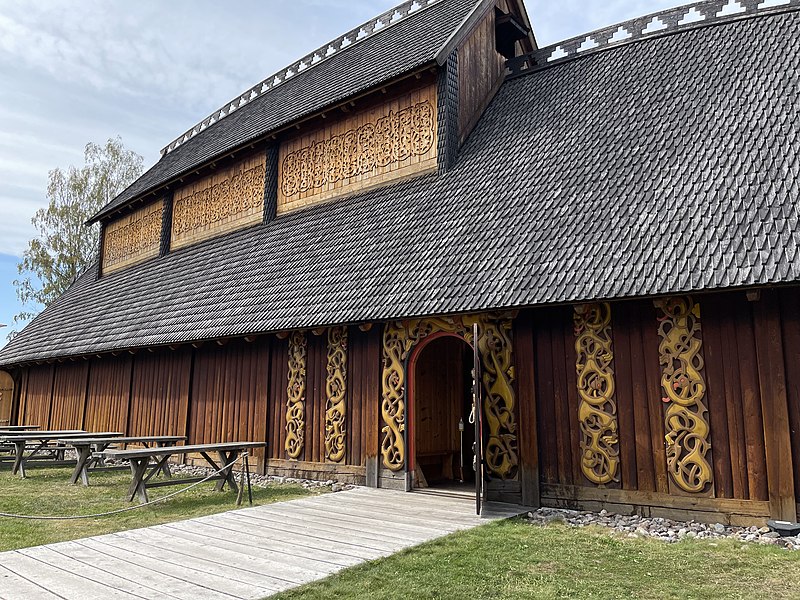
Another interesting city to visit if you are trying to understand the Viking’s way of life is Borre. It is located on the island of Mon in Denmark. Back in the days, it was a market town. It was known for its prosperous fishing industry and was once a navigable inlet to the sea.
This is where you can visit one of the largest Viking age burial mounds. It is six meters high and has a diameter of 45 meters. Discovering these burial mounds gave us clues about the hierarchy amongst the Vikings. It is said that the size of a mound reflects how powerful the person was. They also vary in shapes, forms, and materials. At the present time, you can find the Midgard Viking Center as part of the Vestfold Museum in Borre. They offer guided tours and exhibitions.
Ribe
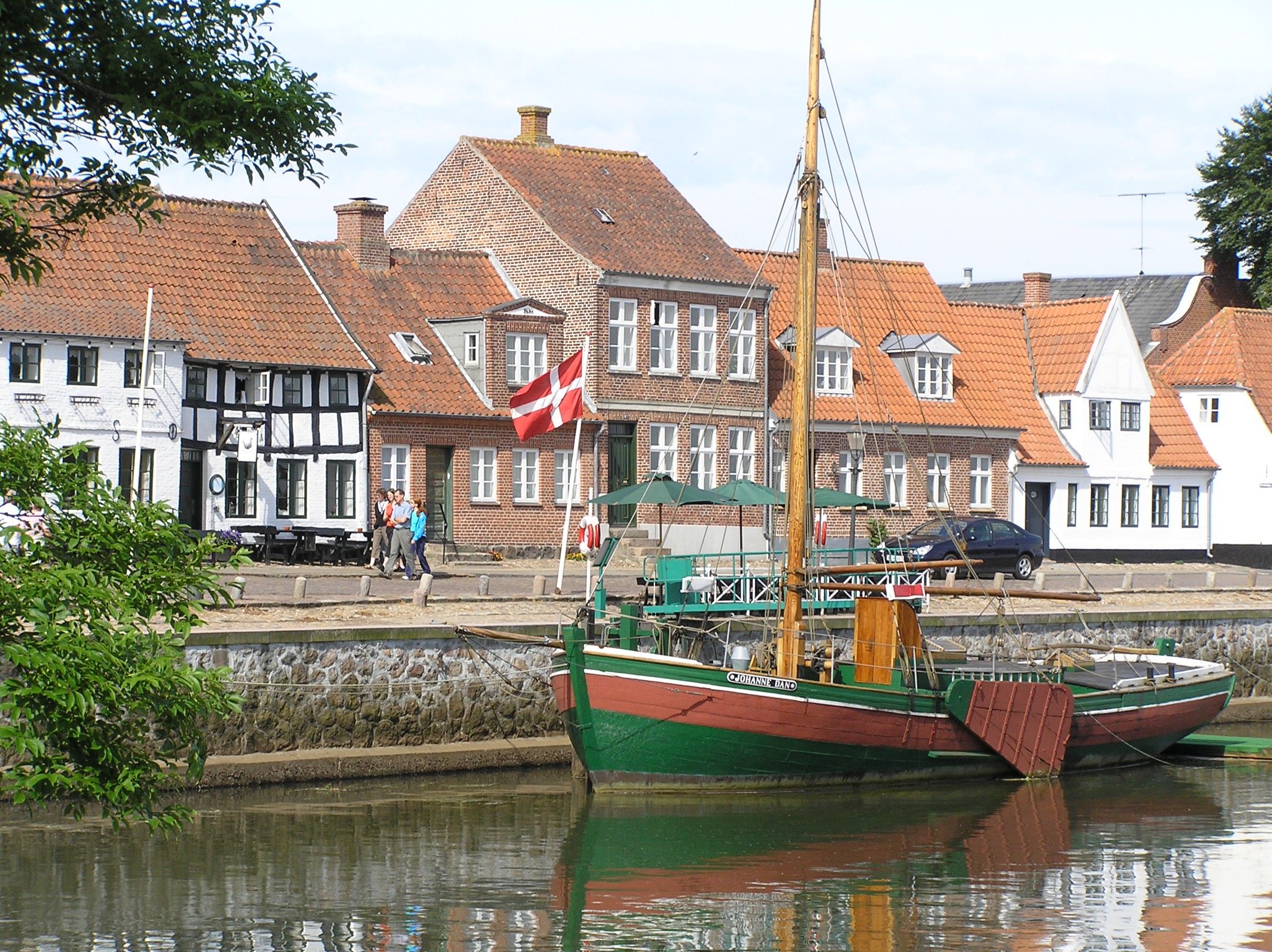
Ribe is the oldest town in Denmark. The story of Ribe’s development is fascinating and has become a mystery for a long time. Back then, cities existed near each other with palaces, markets, temples, and city walls. However, Ribe was hundreds of kilometers away from the other existing cities. Pieces of evidence were shown that trading and networking took place in Ribe. Because of its extensive networks, Ribe became a crucial part of creating the Viking Age. Vikings used ships to trade goods, so Ribe became a good departure point for ships. In 700 CE, it developed maritime traffic, and this is where the Viking Age is believed to begin in 800 CE.
Nowadays, you can visit Ribe Viking Center and be impressed with the view of reconstructed buildings. It will give you a flashback of what the island life looked like thousands of years ago. Archaeologists and historians worked together to ensure the accuracy of details.
Hedeby or Haithabu
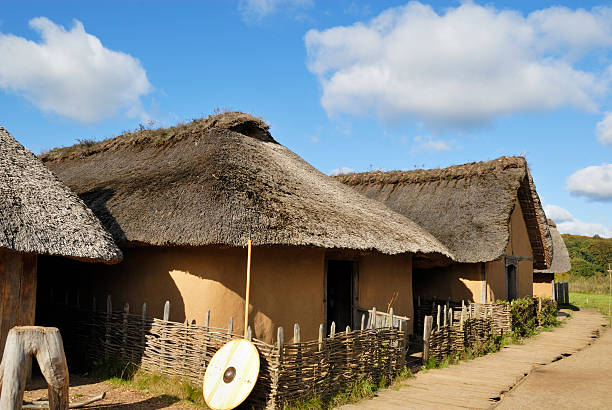
This Viking settlement is located south of Germany’s modern border. Hedeby or Haithabu is one of the biggest Viking settlements. Travellers back in the 10th century described it as a massive city at the end of the world’s ocean. This settlement became a trading center since its location was favorable and easy to navigate. It is the second largest Nordic town back then. However, when the conflict between Denmark and Norway progressed, the whole city of Hedeby was set on fire with its harbor and ships.
You’ll learn much about the Viking’s history by visiting the Hedeby Viking Museum. It features several reconstructed models of Viking ships, dwellings, and houses. You will have a chance to view discovered artifacts around the area.
Uppakra
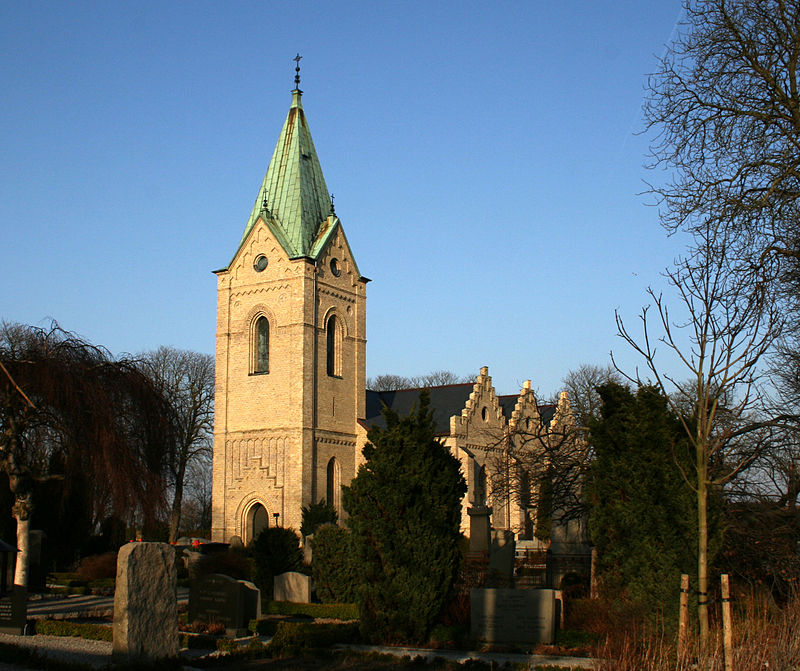
Modern-day Sweden houses some of the Viking runestones and several significant Viking settlements. One of which is Uppakra. Uppakra is known to be the largest and most prosperous town during the Viking Era. In 1934, archaeologists found evidence claiming it was an Iron Age Viking settlement. They discovered 30,000 trinkets and objects of silver, bronze, and gold. These pieces of evidence tell a lot of exciting stories about the place. There is a lot more to unfold, but one thing is for sure, the area has advanced craftsmanship, which indicates that it was a significant trading place between the Middle East and ancient Europe.
The temple in Uppakra dates back long before the Viking era. Still, the artifacts found in it were used by historians and archaeologists to illustrate the different aspects, activities, and traditions were continued into the Viking era.
The City of Dublin

During the reign of the Vikings, Dublin became the center of trade and expansion. They stayed in Dublin for many years, from 841 AD. It was the most important city in Ireland and was known as the best Viking settlement. Evidence led historians to believe that Dublin was founded by the Vikings twice. First, in 841-912 AD where it was used as a Longport. Then, they returned in 917 AD, re-established their settlement, and developed the city. It has become a place of wealth and power that Ireland’s rulers wanted to control.
Archaeologists found several artifacts from their excavations. These artifacts gave them an overview of how Dublin was protected back then. They also found fences, weapons, tools, graves, and remnants of ships that helped them understand the Vikings’ way of life.
The City of Cork
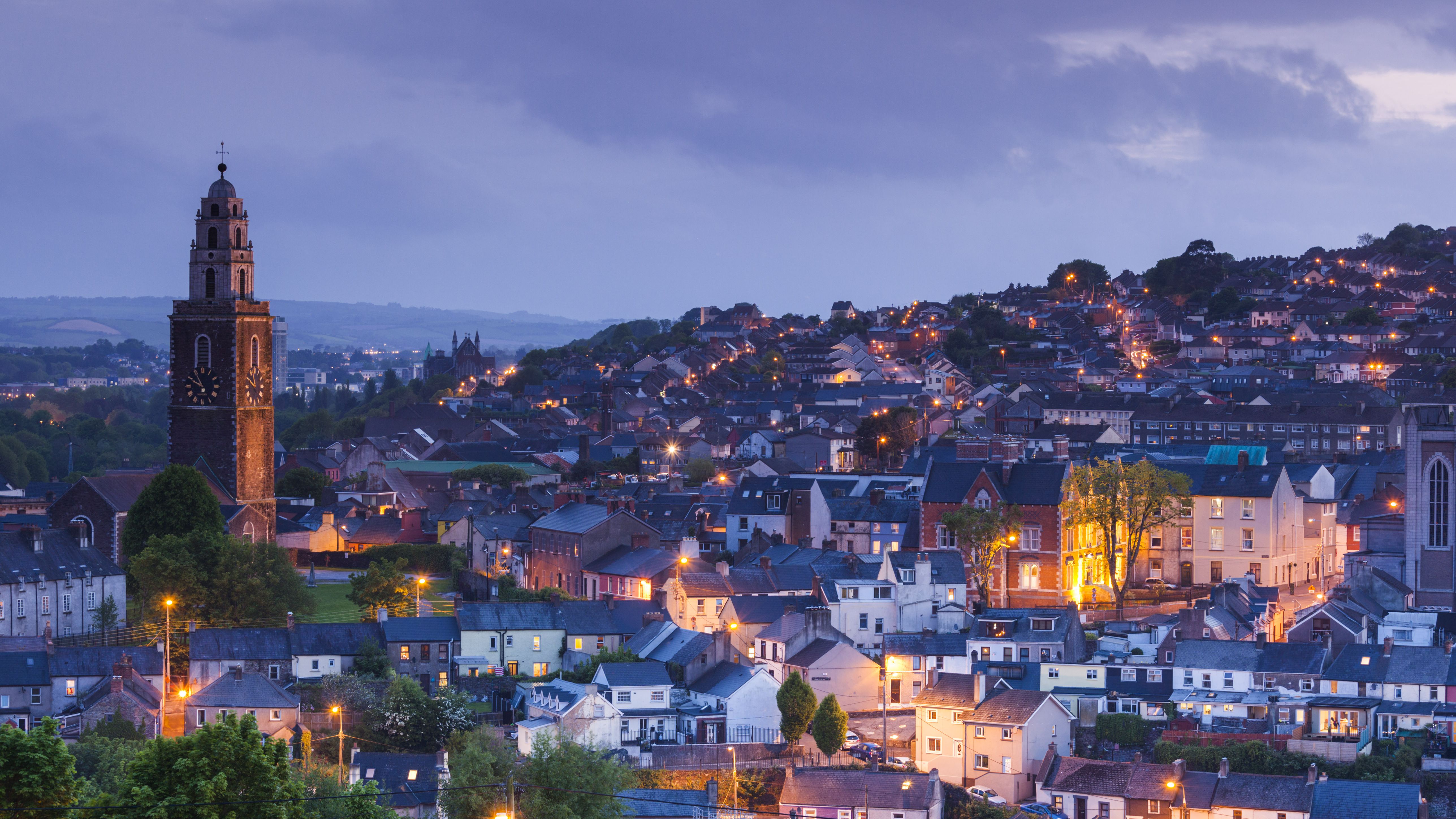
The Vikings first landed in Cork in 820. This was when they launched an attack on Cork’s great Monastery. A lot of things happened from that first encounter. But at the beginning of 915 AD, the Danish Vikings arrived and settled in Cork’s three main areas. Cork has a huge role in the global Scandanavian trading and networking industries. It has become an important place for Vikings.
Archaeologists found remnants of Viking houses and dwellings. They were rectangular in shape, made of wood, and had thatched roofs. They discovered that their homes had holes in the center of their roofs, allowing smoke from their hearths to escape. These are said to be the earliest known houses in Cork.
Northumbia City
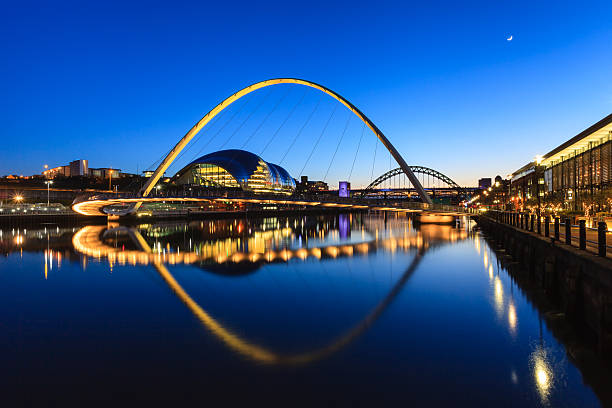
Northumbria is part of England’s Anglo-Saxon kingdoms. It is located in the southeast part of Scotland and the northern part of England. The name, Northumbria, was derived from an old English term which means “the people north of the Humber.”
The Vikings attacked Lindisfarne in 793 AD. The attack shocked Europe and made Monks flee in fear for their lives. The Vikings were ruthless. They destroyed everything and slaughtered anyone who got in their way. Since Northumbria was weakened, it became the place of the first western raid. Ragnar Lothbrok led the charge. The Raid of Lindisfarne is believed to be the start of the Viking Age.
York City

The Vikings invaded the city of York or Jorvic in 866 AD. They fought many battles throughout England to reach York. They decided to stay in York. Farmhouses were built in the countryside to accommodate more Vikings. York became a marketplace and a trading ground for items and goods from overseas.
Over the course of 200 years, York became a multi-cultural city. It developed a unique anglo-Scandinavian culture. The Vikings worshipped and praised their Norse gods while others practised Christianity. As the town grew bigger, more people moved in, and more houses and streets were built. Most Vikings adapted to the locals’ way of life and even converted to Christianity.